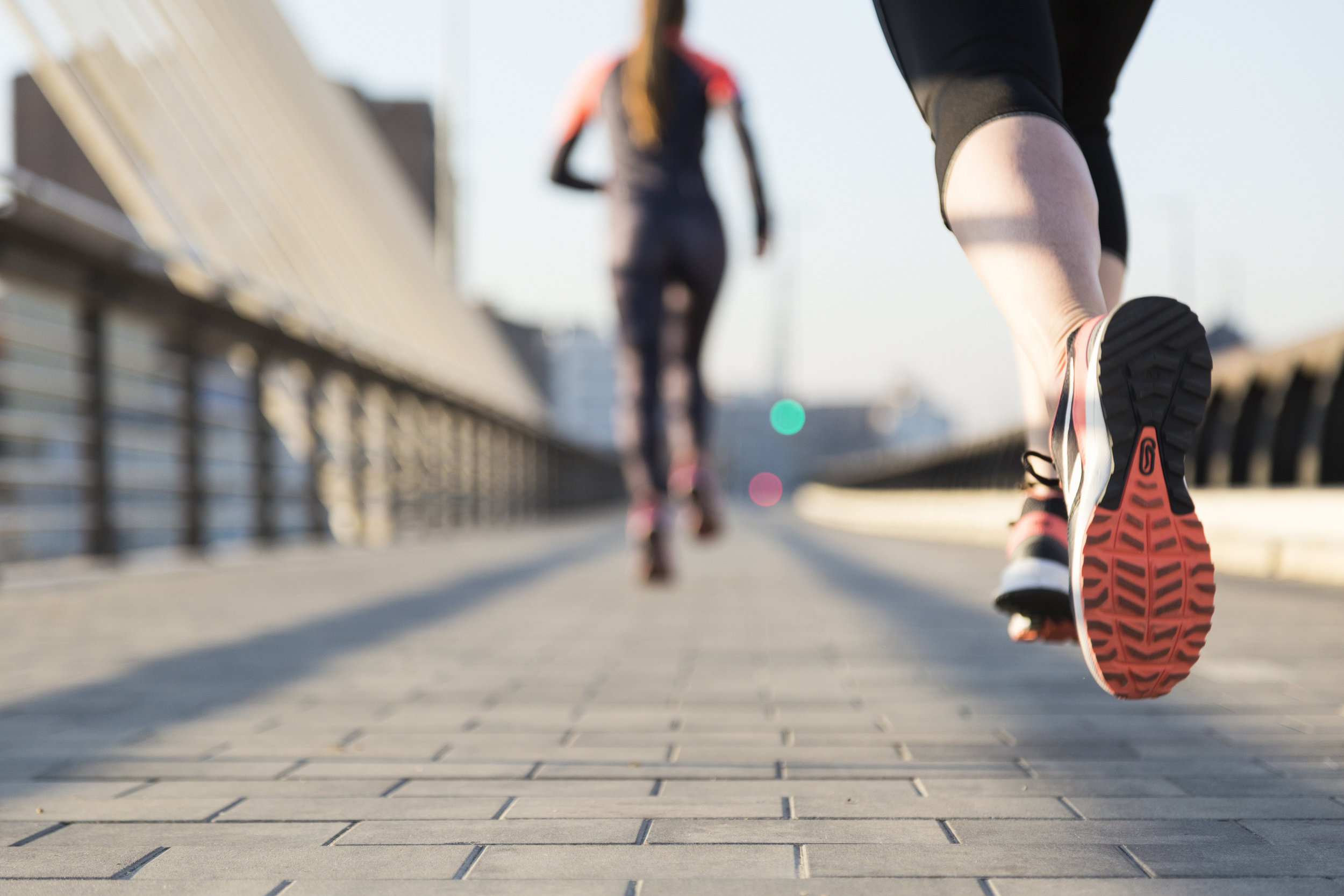Why your ankle sprain still isn’t better
Annissa Harwood
Dance Physiotherapist
Ankle sprains are common
Ankle sprains are one of the most common injuries we see hobble through our door – they account for up to 25% of all sporting injuries.
Lateral ankle sprains are the most common, which involves a roll onto the outside of the foot. This causes stretching or tearing of the ligaments on the outside of the ankle, and commonly causes symptoms such as bruising, swelling, pain and weakness.
Although ankle sprains often improve quite quickly within the first few days, research has shown that up to 70% of people who have sprained their ankle will sprain it again…. So what aren’t we getting right?
Healing times
The ligaments in your ankle are made of collagen (a connective tissue). If a ligament is over stretched or torn, it takes 6-8 weeks for the collagen fibres to knit back together to form a strong ligament again. This means that even if your ankle is pain free, your ligament may need extra support during this time.
Not just the ankle
An ankle sprain doesn’t just affect the ligaments themselves. People who have experienced ankle sprains also display reduced strength of the muscles around the ankle, reduced balance and control, as well as reduced proprioception (ability to tell where your ankle is in space).
In fact, those with ankle sprains have even been shown to have reduced muscle activation all the way up at the hips!
You can imagine that all of this can have a big impact on your ability to return to sport.
What does physiotherapy do?
Initially simple mobility exercises are started in a sitting or lying position, to assist with settling symptoms of bruising, swelling and pain.
After this, exercises involving the ankle, knee and hip can be added. This involves getting full range of movement back at your ankle, as well as improving lower limb strength.
Lastly, we get your back on your feet for full body exercises. This involves sport specific activities, as well as tasks that challenge balance and coordination.
Sound a bit tricky? That’s where we come in!
If you would like a comprehensive assessment of your ankle, as well as a structured rehabilitation program, you have come to the right place.
We would love to hear from you if you are having trouble with your ankle, or if you have any more questions.
References:
Delahunt E, Bleakley CM, Bossard DS, et al. Clinical assessment of acute lateral ankle sprain injuries (ROAST): 2019 consensus statement and recommendations of the International Ankle Consortium. Brit J Sports Med. 2018;52:1304-1310.
Friel KF, et al. Ipsilateral hip abductor weakness after inversion ankle sprain. J Athl Train. 2006;41(1):74–78.
Hiller CE, Nightingale EJ, Raymond J, et al. Prevalence and impact of chronic musculoskeletal ankle disorders in the community. Arch Phys Med Rehabil 2012;93: 1801-7.



